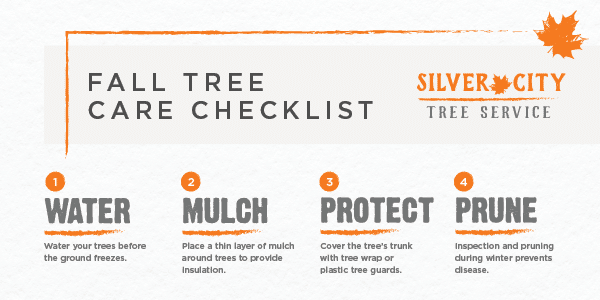Seasonal Tree Administration: Approaches For Taking Care Of Trees Prior To And After Their Removal
Seasonal Tree Administration: Approaches For Taking Care Of Trees Prior To And After Their Removal
Blog Article
Content Writer-
When it concerns seasonal tree care, making sure correct management before and after removal can considerably affect the health and wellness and aesthetics of your landscape. By comprehending the necessary steps associated with analyzing tree wellness and preparing for removal, you can proactively protect your building. However what about the essential techniques to comply with when the tree is gone? Remain tuned to uncover the vital post-removal care steps that will assist you grow a flourishing and lasting setting for your trees.
Pre-Removal Tree Care
Prior to addressing the removal of a tree, it's essential to prioritize pre-removal tree care. Begin by examining the tree's health and wellness and architectural integrity. Look for indications of illness, parasite problems, or any architectural concerns that may position a security risk during elimination. It's essential to talk to a licensed arborist to determine the very best course of action.
Trimming dead or diseased branches can avoid further damages to the tree and make sure a smoother removal procedure.
Furthermore, think about the ecological effect of eliminating the tree. Trees play an important duty in our community, so planting a brand-new tree in a suitable place can help offset any loss. Ensure that you have the necessary licenses and authorizations for tree elimination, especially if the tree is shielded by local regulations.
Seasonal Upkeep Tips
Examining your tree's needs throughout the year is crucial for its health and wellness and long life. To maintain hedgework in top condition, follow these seasonal upkeep suggestions.
In spring, concentrate on pruning to remove dead or broken branches and urge new growth.
click here calls for normal watering, especially throughout droughts, to guarantee your tree stays hydrated.
As autumn methods, keep an eye out for early indications of disease or stress, and think about applying compost to safeguard the roots during winter.
In winter months, be cautious when getting rid of snow from branches to avoid damage, and remain to monitor your tree's total health.
Bear in mind to change your care routine based upon the particular demands of your tree varieties and neighborhood climate. By remaining alert and proactive throughout the seasons, you can help your trees flourish and prosper for several years to come.
Post-Removal Tree Care
To guarantee the health of your landscape even after tree removal, proper post-removal care is vital. After a tree is gotten rid of, it's critical to fill the staying opening with topsoil and portable it to stop settling. This will help maintain the honesty of the ground and stop possible hazards in the future.
Consider growing brand-new greenery instead of the eliminated tree to bring back the balance and aesthetics of your landscape. Routinely water the area to advertise the development of new plants and protect against soil erosion.
Check the bordering trees for any type of indicators of disease or tension that may have been brought on by the eliminated tree. Watch out for bugs that may've been attracted to the previous tree and take safety nets to safeguard the staying greenery.
If essential, consult with a professional arborist to assess the influence of the removal on the surrounding trees and figure out any kind of additional care required. By adhering to these post-removal care steps, you can guarantee the ongoing health and charm of your landscape.
Final thought
To conclude, proactive seasonal tree treatment is essential for maintaining the wellness and equilibrium of your landscape. By examining tree health and wellness, pruning, and seeking advice from an arborist prior to removal, you can make sure a safe procedure. After elimination, loading the hole, growing new greenery, and routine watering will promote new growth and prevent disintegration. Keep in mind to examine bordering trees for disease and look for more treatment procedures from an arborist to keep your landscape flourishing.
